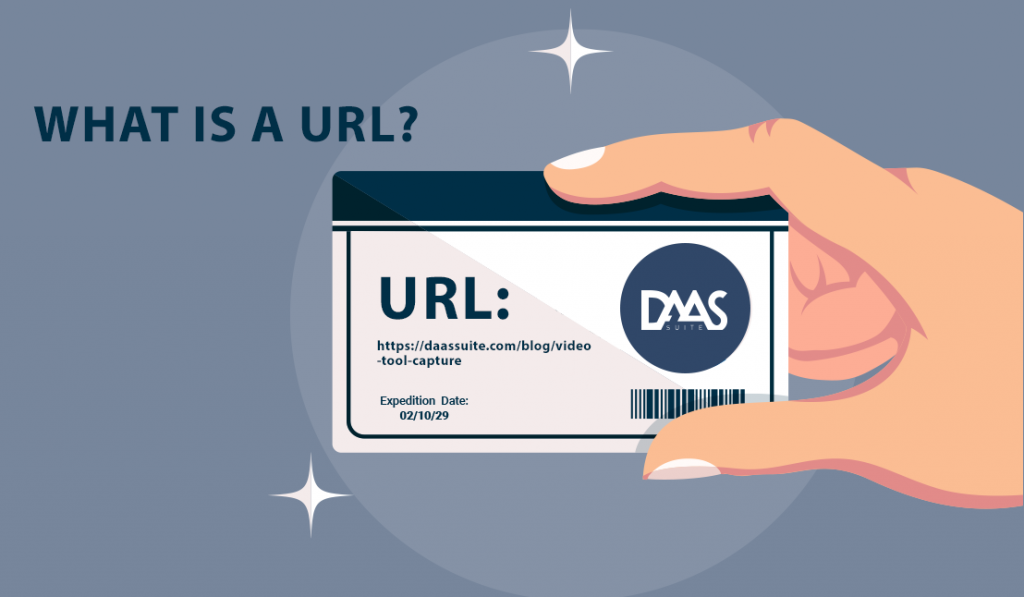 Glossary
Glossary
Glossary: URL
What does a URL do?
When we were studying in school, people often had the same names. This made thins more complicated when it came to taking attendance. However, the teacher solved this problem by saying both the first and last names of the student so as not to cause confusion.
Well, the same goes for web page. Each one has a unique name that allows them to be identified on the immense list of sites on the internet. This name is the URL.

What is a URL?
The acronym stands for Uniform Resources Locator and it is used to identify a web page, certain specific content or an archive on the internet. In short, it’s the name and surname for a website.
Each website needs to have its own, unique, URL to avoid problems when it comes to looking for it. So, apart from being a name, it’s like an identity card that differentiates it from others, regardless of whether they’re similar or not.
La URL es una versión en texto un tanto más amigable de la dirección IP, porque como no todos somos desarrolladores, necesitamos una versión más lúdica que nos permita identificarla, escribirla, buscarla y encontrarla a través de los servidores.
A URL is a friendlier text version of the IP address, since we aren’t all programmers, we need an easier version to help us identify, write and find our website on servers.
URL features
A basic URL is normally made up of 4 parts, though it can have up to 7 depending on the type of site:
Main features
1. Protocol: this is the beginning of the URL and is split into two options:
–http: the most common protocol, the one used on most websites.
–https: this is a security protocol used on sites that have to protect user data, like personal information and bank details. An ecommerce site would be the ideal example for using this protocol.
2. Subdomain: this is secondary to the main domain, and it may or may not be seen on web pages. The most common one is www.
3. Domain: this is the main part of the web page. It’s normally the name of a brand, company or the site and can appear as a whole or as an abbreviation. You can use the domain name you want as long as it’s not already taken.
4. TLD: This acronym stands for Top Level Domain and refers to the extension that normally accompanies the domain. The most common are .com, .net or .org, but due to their popularity, they’re normally the most costly. However, there are many types of extensions that are cheaper and can either help or harm a site depending on the case.
Secondary features
- Subfolders: these are folders that are within the main domain or subdomain. For example, on a page for a shopping centre, a sub folder would be the section for toys, pharmaceuticals, or home.
- Page: this is the last tier of the URL where all the content is found on the web page. In this case, it would be “glossary-url”. It’s best to separate words with dashes and avoid using articles or pronouns; only use key words.
- Tags: this is used to show different versions of one web page. For example, in a shoe catalogue showing the blue or brown shoes; or on an international site that has a version for Mexico and Spain.
Tips for a good URL
Now that you know what a URL is and its components, we’ll give you some tips so that you can have a good domain for you site or brand:
- Choose the right extension: as we said, the most common are .com, .net and .org. However, you can use whatever one you like the most to boost the attention on your URL according to your objectives.
- Less is more: make your URL brief. A domain name can only be 64 characters long, but the shorter it is, the more memorable it will be and easier to type. This way, you make sure there are no mistakes and people don’t visit your competitors.
- No abbreviations: your URL should be simple to remember for your audience, and using abbreviations makes this harder.
- Use key words: never use them arbitrarily or carelessly, only the necessary ones that appear on your website. This helps position you better on search engines. As for meta descriptions, it allows you to have good SEO positioning, which means more views.
- Only letters (and numbers): URLs only allow letters from the English alphabet, so avoid using any special signs, like accents or the Spanish tilde. If you want to add numbers, go ahead!


